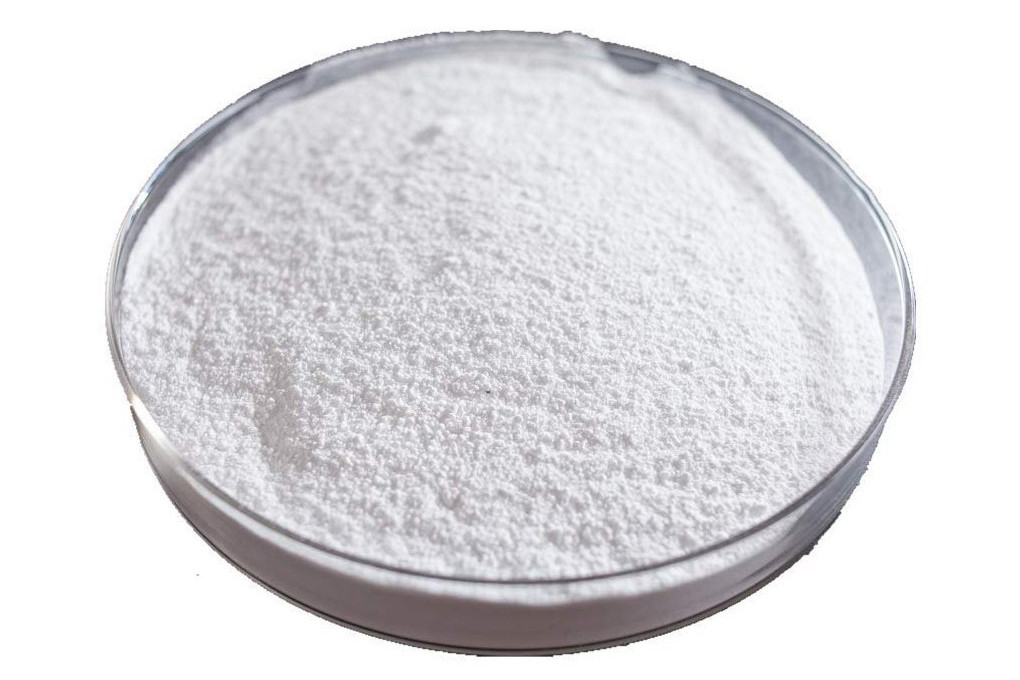What is Calcium Disodium?
Calcium disodium is a type of salt used as a food additive to enhance flavour, texture, and colour. It is also known as disodium calcium edetate, EDTA, or disodium ethylenediaminetetraacetic acid. It is used in various food products such as canned vegetables, sauces, soft drinks, and condiments. It is also used in pharmaceuticals, cosmetics, and other products.
What is the source of Calcium Disodium?
Calcium disodium is a synthetic product made from sodium carbonate and ethylene diamine. It is not found naturally in food or in the environment.
Who made Calcium Disodium and for what purpose?
Calcium disodium was first developed in the 1950s by a German scientist named Erich Juchheim. It was originally used as a chelating agent to help stabilise and extend the shelf life of food products.
How does calcium disodium extend the shelf life of food?
Calcium disodium helps to prevent oxidation of the food product, which can cause spoilage. It also helps to keep the food product from clumping together, which can also lead to spoilage. Additionally, it helps to prevent the growth of microorganisms, which can also cause spoilage.
Are there any long-term health concerns associated with consuming calcium disodium?
Though calcium dissodium is generally considered safe for consumption, it is possible for some people to develop an allergic reaction, such as an itchy rash, after consuming it. Additionally, some studies have indicated that consuming large amounts of calcium disodium could potentially lead to kidney stones or other health problems.
What is the chemical makeup of calcium disodium?
Calcium disodium has the chemical formula C14H12N2Na2O8Ca. It is a white powder that is stable under normal storage conditions.
How is it added to food?
Calcium disodium is typically added to food products as a dry powder. It can be added directly to the food product or dissolved in water before being added.
7 reasons why we should not be using calcium disodium
There are also some several dangers to using this chemical compound. Here are seven reasons why some people may choose to avoid calcium disodium:
1. It can cause allergic reactions: Some people may be allergic to calcium disodium or develop an intolerance to it. Symptoms of an allergic reaction can include hives, itching, and difficulty breathing.
2. It may have negative effects on the environment: Calcium disodium can be toxic to aquatic life and may have negative effects on the environment if it is not properly disposed of. This is particularly true if it is released into bodies of water.
3. It can cause side effects: Some people may experience side effects such as nausea, vomiting, and diarrhea.
4. It can interfere with nutrient absorption: Calcium disodium can bind with certain nutrients in the body, including iron and zinc, which can reduce their absorption. This may lead to nutrient deficiencies over time.
5. It is not a natural ingredient: Calcium disodium is a synthetic compound that is not found naturally in food. Some people may prefer to avoid consuming synthetic ingredients and opt for more natural alternatives.
6. It may have negative effects on gut health: Calcium disodium can bind with minerals in the digestive tract, potentially altering the balance of beneficial bacteria in the gut. This may have negative effects on gut health and overall well-being.
7. It is not a necessary ingredient: There is no true benefits to synthetic materials such as calcium disodium, it is not an essential ingredient. There are many natural and organic food preservatives and chelating agents that can be used instead of synthetic compounds like calcium disodium. Some people may choose to avoid consuming any food additives altogether and opt for whole, unprocessed foods instead.
It is often noted that Calcium disodium is a chelating agent, meaning it can bind with heavy metals in the body and facilitate their removal; and thus it could help to protect against heavy metal poisoning caused by exposure to pollutants and environmental toxins. However, there are a number of other safe, natural chelators that could be used including cilantro.
There is no need for consuming synthethic materials in foods. We are often told they are good in small dosages, but in reality almost everything taken off the supermarket shelf has preservatives of some kind, many of them are synthetic, like calcium disodium – so, how much are you really consuming in a day and what are the true long-term implications to your health? Synthethic substances no matter how ‘validated’ has no place in our bodies or the environment.
References
– US Food and Drug Administration. (2019). CFR – Code of Federal Regulations Title 21. Retrieved from https://www.accessdata.fda.gov/scripts/cdrh/cfdocs/cfcfr/CFRSearch.cfm?fr=172.120
– Rayko Evstatiev, Adam Cervenka1, Tina Austerlitz, Gunther Deim, Maximilian Baumgartner, Andrea Beer etal. The food additive EDTA aggravates colitis and colon carcinogenesis in mouse models – https://www.ncbi.nlm.nih.gov/pmc/articles/PMC7933154/pdf/41598_2021_Article_84571.pdf
– Ethylenediaminetetraacetic Acid from https://www.sciencedirect.com/topics/neuroscience/ethylenediaminetetraacetic-acid
– Wong, C. (2021). Food Additives: What to Avoid and How to Read Labels. Retrieved from https://www.healthline.com/nutrition/food-additives-to-avoid#what-to-do
– Calcium Disodium Versenate (edetate calcium disodium injection, USP) https://www.accessdata.fda.gov/drugsatfda_docs/label/2009/008922s016lbl.pdf
This article is copyrighted by Ital is Vital, 2025. Want to re-post this article? Visit our guidelines.
DISCLAIMER: THIS WEBSITE DOES NOT PROVIDE MEDICAL ADVICE
The information, including but not limited to, text, graphics, images and other material contained on this website are for informational purposes only. The purpose of this website is to promote broad consumer understanding and knowledge of various health topics. It is not intended to be a substitute for professional medical advice, diagnosis or treatment. Always seek the advice of your physician or other qualified health care provider with any questions you may have regarding a medical condition or treatment and before undertaking a new health care regimen, and never disregard professional medical advice or delay in seeking it because of something you have read on this website.
